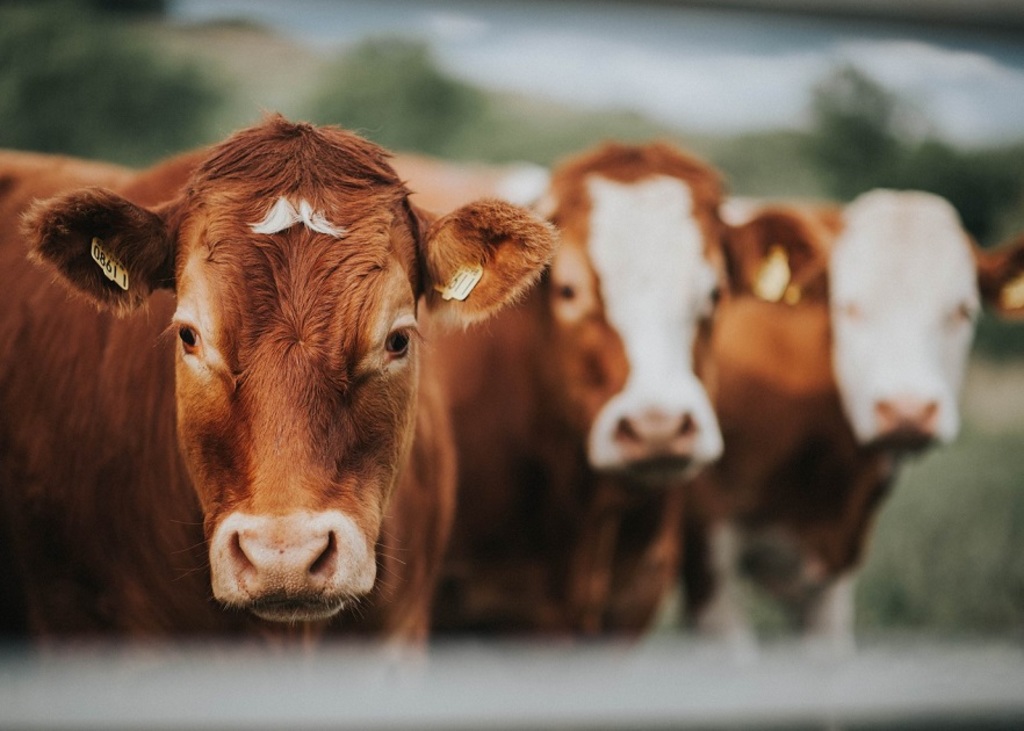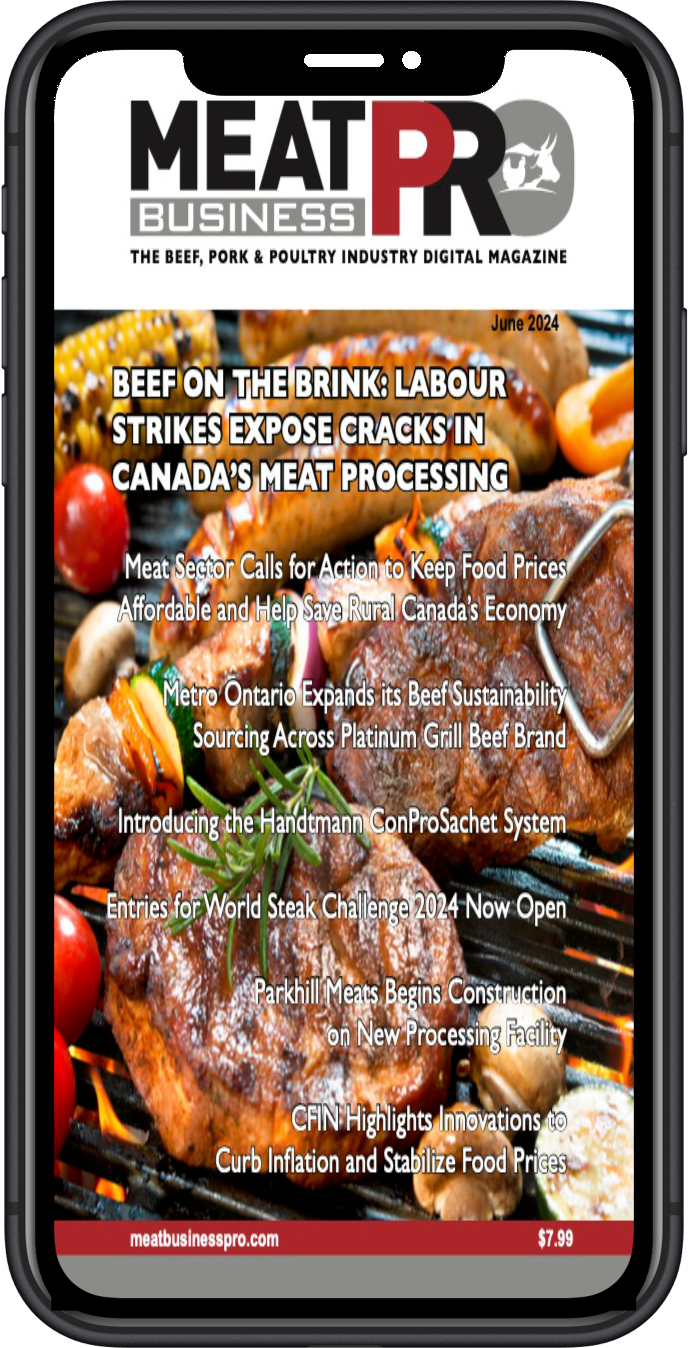Prairie ranchers take stock of summer drought as decisions about culling cattle loom

Cost and availability of cattle feed weigh on ranchers after hot, dry summer
by · CBC News
Pounded by drought and cattle feed shortages, the last few months have been gruelling for many Prairie ranchers.
Now, as fall approaches and people take stock, tough decisions loom as ranchers assess how much cattle they will keep through winter amid escalating costs.
“I know that we’re probably looking at liquidating about a third of our herd just because we can’t find enough feed for the winter,” said Melanie Wowk, who has about 300 cattle on a ranch in northeastern Alberta.
She said feed costs have gone from three cents to 12 cents per pound in the past four months, noting the price of barley has also gone “through the roof” and straw supplies are scarce.
“I’m hearing everything from people culling a third of the herd to not culling anything to going out of business“
While some areas on the Prairies received rain recently, pastures are still showing the effects of the hot, dry summer.
“It’s tough,” said Wowk, who is also a veterinarian and chair of the Alberta Beef Producers. “It’s a tough decision.”
Many ranchers across the Prairie provinces will face similar decisions over the next few months.
“I’m hearing everything from people culling a third of the herd to not culling anything to going out of business,” said Bob Lowe, president of the Canadian Cattlemen’s Association (CCA). “So it’s all over the board.”
“I’m hearing everything from people culling a third of the herd to not culling anything to going out of business,” said Bob Lowe, president of the Canadian Cattlemen’s Association. (Dave Rae/CBC)
Still, the hope is that earlier worries of a huge reduction in the size of the overall Canadian cow herd will not materialize, thanks in part to late summer rainfall in some regions and agriculture recovery programs.
Analyst Brian Perillat expects the Canadian cow herd to shrink “moderately” this year due to the drought, but not by the double-digit percentages that had been feared earlier in the summer.
“We were in the middle of the dire stress of the drought, [but] it’s turned out a little bit better than maybe we were anticipating,” said Perillat, of Canfax, a division of the Canadian Cattlemen’s Association that tracks market data.
Ranchers think the coming months will provide them with a clearer picture, but a much smaller herd would likely put upward pressure on the prices consumers pay should it result in tighter supplies of beef. Herds can take years to rebuild.
August rain a ‘godsend’ for some
In Manitoba, Tyler Fulton said the rain across parts of the province last month was a “godsend” for some.
“The difference that it made was that it allowed producers to keep those cows on grass,” said Fulton, a rancher and president of the Manitoba Beef Producers.
“The way things were shaping up, they were going to have to pull the animals off probably two or three months earlier than normal.”
But while the rain has bought some ranchers a couple of months’ time, Fulton said it hasn’t addressed the winter feed situation. “The problem is that there was such a massive deficit of hay production.”
The federal-provincial agriculture recovery program is there to help ranchers cover a portion of their winter feed costs, Fulton said.
Farmers in the Prairie provinces faced struggles to feed their cattle this summer due to drought conditions. (Terry Reith/CBC)
“It does move the needle on whether or not they can afford to keep those animals around,” he said.
“But there’s still … some question as to whether or not there is enough feed, and in particular roughage, to go around. I’m optimistic that it’ll happen. But we’ll have to wait and see.“
Fulton thinks they’ll have a clearer idea of the impact on the Manitoba herd by mid-December.
“I don’t sound it, but I’m actually optimistic about the long-term potential of the industry,” he said. “I really think from a demand standpoint … we’re set up really well.”
CCA’s Lowe said that with demand rising globally, the outlook for cattle prices is “nothing but up.”
“We’ve got to be able to hang on to them and keep them in order for that to really make any difference,” he said.













